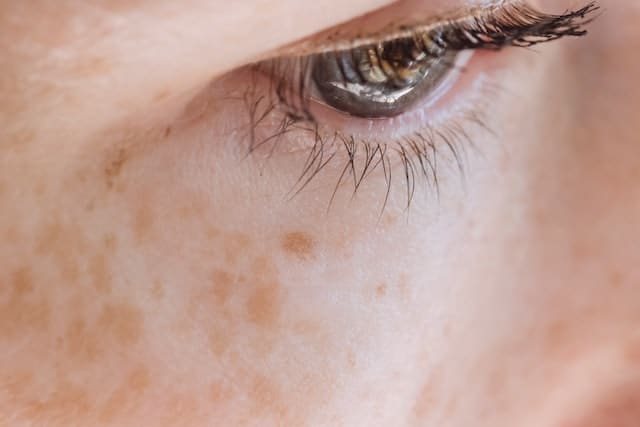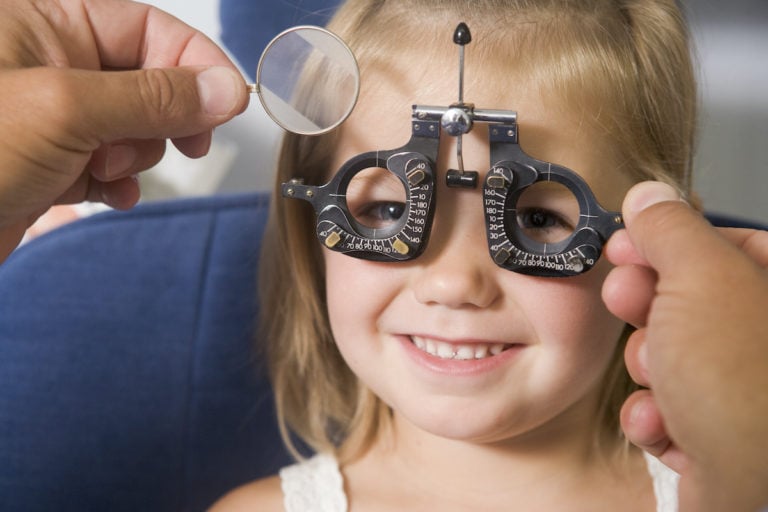Cataract Awareness Month
This month is cataract awareness month. A cataract is a cloudy lens that is positioned behind the iris. This lens is what focuses the light that passes into the eye creating sharp, clear images on the retina. It is a light sensitive membrane that works similar to a film camera. There are four different types of cataracts: Nuclear Cataracts (affects the centre of the lens); Cortical Cataracts (affects the edges of the lens); Posterior Sub-capsular Cataracts (affects the back of the lens); and Congenital Cataracts (cataracts you are born with).
Gary Rodney, a SmartVision Behavioural Optometrist at Eyes InDesign Mosman, aims to raise awareness on cataracts as well as to let people know how to prevent or manage the problem.
There are a few different factors that cause the development of cataracts in the eye. The different types of cataracts have different causes and different speeds of progress. The main risk factors include: age, diabetes, continuous exposure to the sun, smoking, high blood pressure, obesity, a previous eye injury, previous eye surgery, continuous use of steroid medications, and drinking excessive amounts of alcohol.
“Myopia can also have a hand in the development or progress of cataracts in the eye,” says Gary. Myopia (near-sightedness), seems to have a connection with the development and progression of cataracts. However, the exact amount the two affect one another needs to be determined. Nevertheless, there is definitely a connection between the two. “Statistically, having high myopia can double the risk of having fuzzy invaders blurring the lenses of your eyes, which can also lead to you developing cataracts earlier in life,” says Gary.
While no studies have shown any proven prevention methods, there are helpful ways to try and prevent cataracts from developing. Firstly, it is important to have regular eye examinations or to have a Comprehensive Vision Skills Assessment done. This will help to detect any signs of cataracts early on. It is important to quit smoking and to reduce alcohol intake. Choose a healthy diet that includes a lot of fruits and vegetables. Although not proven, a large population study has been conducted where people who had enough vitamins and minerals had a lesser chance of developing cataracts. It is also important to wear sunglasses whenever you are exposed to sunlight.
There are treatment methods available. There is promising research being done on eye-drops that contain a natural compound called lanosterol that researchers suggest may dissolve cataracts. This compound already exists in the eye lens and that is what keeps the eye lens transparent. Currently, surgery is the most common procedure used to remove cataracts, however it is not without its complications, especially if you have myopia. The myopia can affect the surgery by causing retinal detachment, possibly causing a variable post-operative refractive error which removes the ability to see a few inches away. It is also important to remember that once a surgery is done it makes any holistic approach redundant.
Although there are no definite or problem free ways of preventing cataracts, the most important thing is early detection. It is important to book a session with a SmartVision Behavioural Optometrist or directly book a Comprehensive Vision Skills Assessment now.
Smart Vision Optometry clinics are located in multiple suburbs in Sydney. Book a Smart Vision Comprehensive Vision Skills Assessment or Advanced Eye Health Test for any child or adult by calling the Mosman clinic (02) 9969 1600 or the Bondi clinic (02) 9365 5047, book an appointment online.







